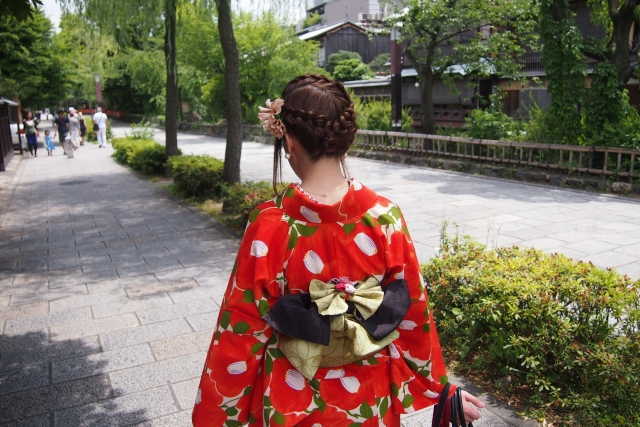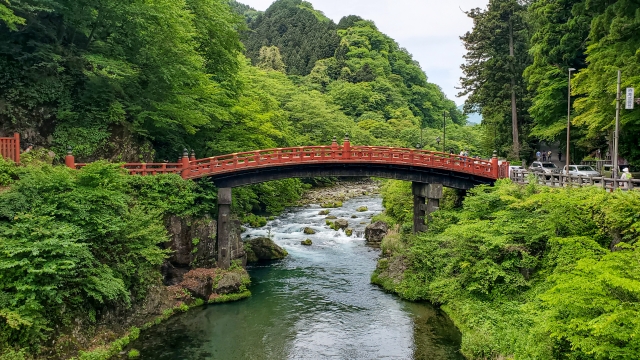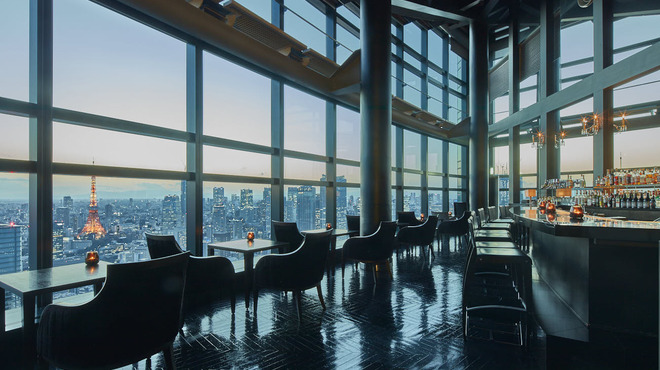Intoroduction
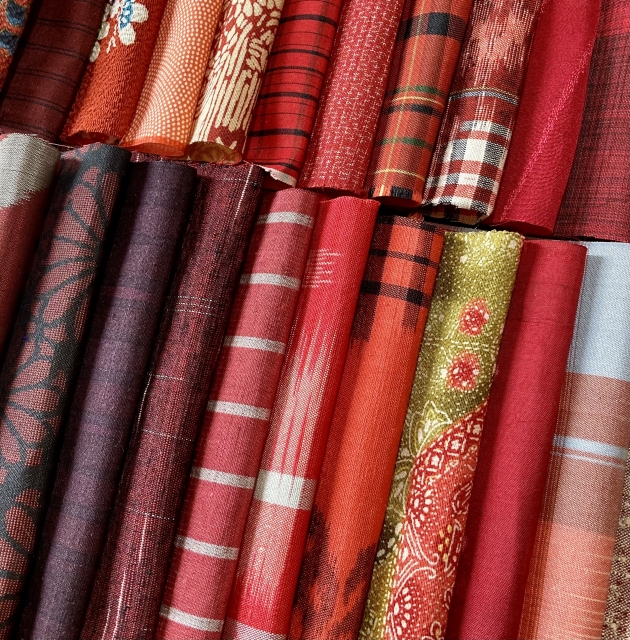
What is your image of the kimono and what color is it?
I am Japanese, but I still have a strong image of red.
Do you think older women tend to wear more subdued colors like navy blue and purple? I think so.
Let me explain the meaning behind the color red!
Historical background and use of the color red in the Jomon period
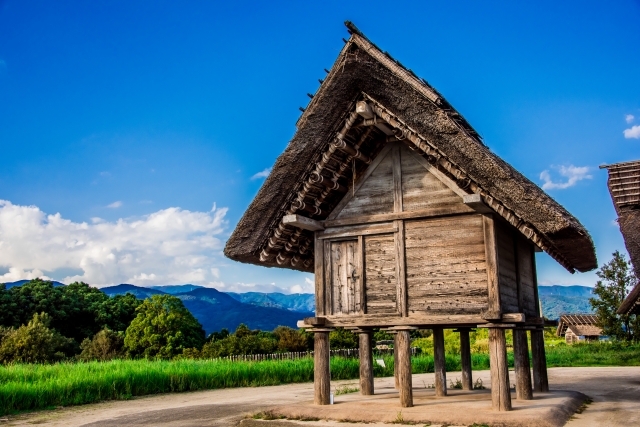
In Jomon-era Japan, the color red played an important role in everyday life. Red was a particularly abundant color during this period, and its use was widespread, including on pottery, clay figurines, decorative objects, stone tools, and bone and antler vessels.
The use of the red pigments bengara and vermilion to decorate these objects has been confirmed by artifacts recovered from archaeological sites. Red was a prominent and exciting color for the Jomon, visually striking because it was directly related to life, such as the sun, fire, and blood.
The color also had an implicit meaning of death and rebirth, which is why red pigment was often used on ritual implements and the bottoms of graves.
The Jomon people saw red as a symbol of vitality, and it colored their spiritual world along with green, which signified the abundance of nature.
Thus, the use of red in the Jomon period was not merely decorative, but deeply related to the worldview, beliefs, and social structure of the people of that time.
The strong image of red as a symbol of life and death occupied an important place in the culture and art of the Jomon period.
Kimono and the Social Implications of Color in the Heian Period
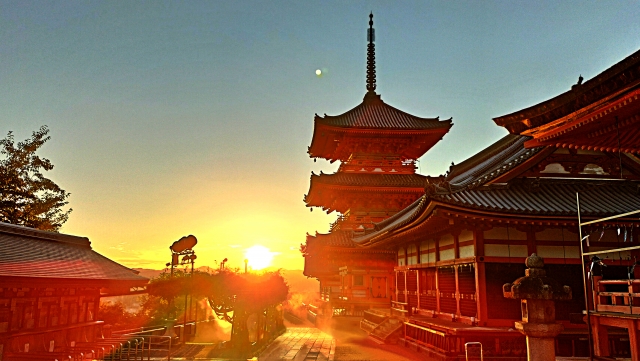
In Heian Japan, kimono color was an important means of indicating social status and rank. Red, in particular, was a color reserved for noble classes and special occasions, and its use was limited to the general population.
Costumes of this period served to reflect the status and political class of the wearer, and the color had a deep social meaning.
Wearing a particular color, which was reserved for the upper classes, was a clear indication of one’s social status. Thus, the kimono of the Heian period was not merely a fashion item, but functioned as part of the social structure.
The Heian period kimono as a cultural expression
The kimono of the Heian period (794-1185) marked a remarkable development as a canvas for artistic expression in Japan. The kimonos of this period symbolized various meanings such as youth and maturity through color and pattern.
In particular, the juni-hitoe, a women’s costume, was representative of the expression of the seasons through the layering of colors, and color names inspired by nature were used, such as red plum, cherry blossom, and wild cherry blossom.
Although dyed fabrics from the Heian period are rarely seen today, the beauty of the colors left behind by that period is highly valued in literature. Yuzen dyeing, gold embroidery, and other techniques were also developed during this period, adding a touch of glamour to kimonos.
These techniques were used to achieve beautiful colors for the aristocrats and the court of the time, and were largely unrelated to the general public.
The kimono of the Heian period, with its aesthetic sense and sophisticated design, has remained a symbol of Japanese culture and an important part of art history to this day.
The connotation of red in Feng Shui and its influence on kimonos

In Feng Shui, the color red is associated with liveliness, passion and vitality. Psychologically, red is also known to stimulate the release of adrenaline, increase vitality and stimulate the appetite.
Red is the color of fire and is considered compatible with the East, which has a woody atmosphere. It is also associated with the South, but excessive use of red objects can make them too powerful.
The use of red in kimono is also closely related to this Feng Shui connotation. Since ancient times, red has been considered a sacred color in Japan. The color of the sun and blood, red is also used to ward off evil and bad spirits, and is considered a color that evokes a sense of power and energy.
Red was especially coveted during the Heian period (794-1192), when it was forbidden for the general public to wear red kimonos.
Thus, the significance of red in Feng Shui is reflected in the use of red in kimono, and it has established itself as a color with special meaning. Red plays an important role in kimono culture as a color that symbolizes powerful energy and passion.
Reference…kimonoomohi

